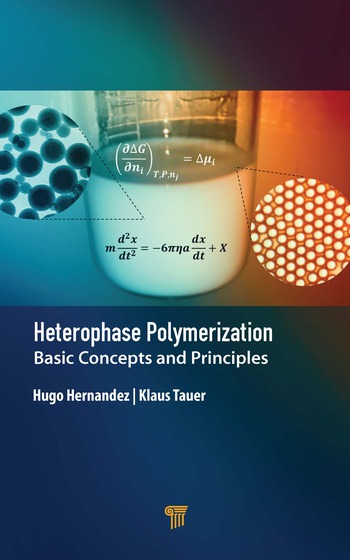Ask Dr. Dave
QUESTION: We want to use a hot melt for some high-strength industrial metal bonding. We are already familiar with conventional EVA-based systems and reactive hot-melt urethanes. Can you tell us if there are any other technologies available, and what their properties are?
ANSWER: There are quite a few technologies available for hot melts. In theory, any polymer that can be melted can be used as a hot melt, but it has to provide the right final properties for the application, be dispensed from hot-melt equipment and be cost effective. Polyethylene- and polypropylene-based hot melts are often an alternative to EVAs. There are two technologies that seem to have been somewhat underutilized in the general industrial area, namely polyamide and polyester hot melts. Several years ago, I experimented with polyamide hot melts on a project to replace lead-based solder in assembling metal cans and found tremendous adhesion to steel and tin-plated steel. The drawback to these systems at the time was that they had to be applied at very high temperatures (over 200°C) and had very high viscosities, but they do produce tough adhesives with good heat resistance. A range of polyamide and polyester copolymers with a variety of hot-melt properties (and melting points from 85 to 160°C) is now available.
Copolyamides can be made using the condensation of di-acid and diamines similar to the synthesis of nylon 6,6 plastic, or by the ring opening of lactams as used for the synthesis of Nylon 6 plastic. The properties and melting points can be altered by adjusting copolymer composition and molecular weight. The adhesives are high strength and exhibit outstanding adhesion to a wide variety of substrates, including metal, wood, plasticized PVC, and corona-treated olefin films. They also have exceptional oil and grease resistance, low viscosity, and fast set-up times. The lactam-based adhesives exhibit excellent resistance to dry cleaning solvents, good cold-water wash resistance and excellent adhesion to various textiles.
Originally developed in the 1950s for the manufacture of footwear, copolyesters are saturated polyesters made from the condensation of glycols with di-acids. They are available with melting points from 65°C up to 220°C and range from completely amorphous to highly crystalline. They are widely used for the bonding of textiles. Many copolyamides and copolyesters can be applied as conventional hot melts or can be dissolved in a solvent or dispersed in water, allowing them to be applied to substrates and then heat-activated for bonding. I would encourage you to try some of these products for your metal-bonding applications. I think you will be pleased with the results, but bear in mind that these adhesives are thermoplastic and will not have high load-bearing capabilities.
Looking for a reprint of this article?
From high-res PDFs to custom plaques, order your copy today!






